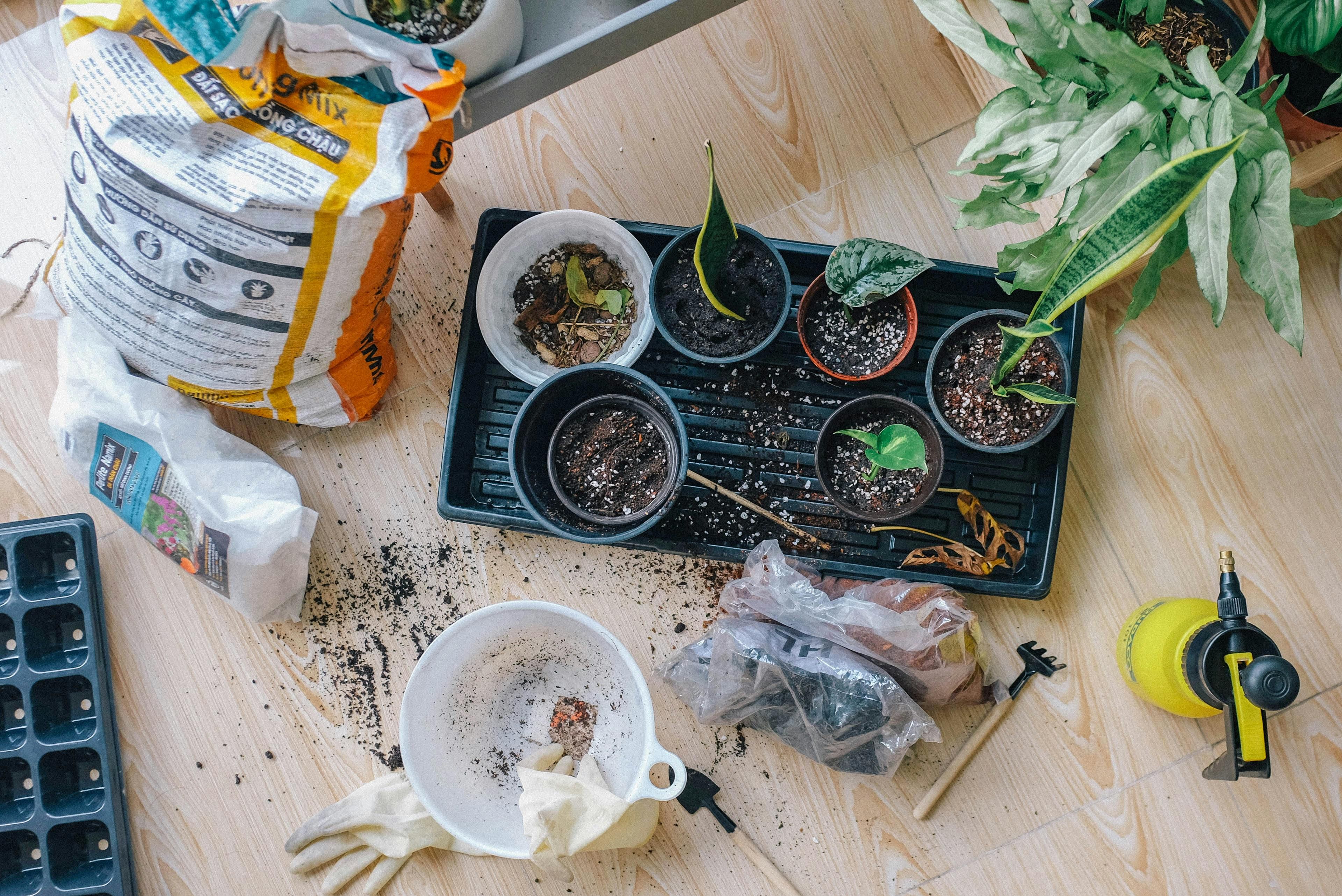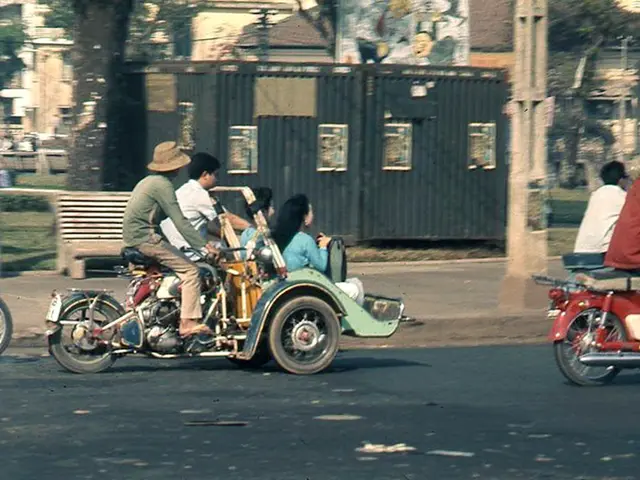Moving Seedlings at the Optimal Time for Vibrant Growth
Get Ready to Grow: A Guide to Transplanting Seedlings
Springtime is here, and it's time to jumpstart your gardening game! Whether you're a seasoned green thumb or a beginners struggling to keep seedlings alive, knowing when to transplant them is key to ensuring a thriving vegetable patch or Container Garden.
We've consulted gardening experts and compiled tips to help you navigate this crucial step to successful transplanting, from hardening off seedlings to selecting the perfect place for them outdoors.
- Garden Gurus' Word: Adam Weiss, founder of Pike Lane Gardens, and Paul Dysinger, co-founder of Seedtime, offer their advice for transplanting seedlings.
When's the Right Time?
Transplanting seedlings requires understanding the unique needs of cool-season and warm-season crops.
Cool-Season VeggiesAccording to Adam Weiss, these frost-tolerant plants—such as broccoli, Swiss chard, kale, cabbage, and cauliflower—should be transplanted as early spring temperatures are still mild, typically around late March to April, depending on your region's first and last frost dates.
Warm-Season VeggiesWarm-season vegetables like tomatoes, peppers, eggplants, and squash should be transplanted once the soil temperature has reached at least 70 °F (21 °C). This usually happens about 2 weeks after the last threatened frost.
Harden Off FirstThe preparation process, known as hardening off, gradually exposes seedlings to outdoor conditions to minimize transplant shock. This should be done for a week or two before transplanting.
Is Your Seedling Ready?
Seedlings typically require about 4 weeks to be ready for transplanting. However, factors like plant variety, light intensity, and temperature can influence this timeframe. According to Paul Dysinger, check for these signs before transplanting:
- True Leaves: A plant should have at least two sets of true leaves. True leaves are the leaves that grow after the seed leaves, which are typically smaller, more simple, and rounded.
- Plant Size: A seedling should be between 4–6 inches tall, depending on the variety.
- Healthy Roots: Remove the seedling from its cell. The roots should hold their shape, indicating a strong root system.
Transplanting Outdoors
Follow these steps to smoothly transition your seedlings to their new outdoor home:
- Choose a Location: Select a suitable spot with good sunlight and optimal space. Measure the spacing in the garden and plot where each plant will go.
- Dig a Hole: The depth of the planting hole depends on the plant type, but for example, tomatoes should be planted 5–6 inches deep. Fill the hole with soil, leaving space for the root ball.
- Transplant: Carefully remove the seedling from its tray or pot, taking care to avoid damaging the roots. Place the seedling in the dug hole and gently cover the roots with soil.
- Mulch: Add mulch around the seedling to help retain moisture and prevent weeds. Keep the mulch about half an inch away from the base of the plant.
- Water: Water the newly transplanted seedling deeply, focusing on the base of the plant. Avoid using overhead watering, as it may overwhelm the young seedling.
In a Container?
If you're growing seedlings in containers, use potting soil instead of garden soil, as it's lighter, well-draining, and provides better aeration for container plants. Fill the container with potting soil and follow the same steps as above for transplanting. Keep in mind that container plants require more frequent watering due to the faster draining potting soil.
Q&A
For more questions, check out these frequently asked questions:
- How big should seedlings be before transplanting? Cool-season and warm-season crops should be between 4–6 inches tall with two sets of true leaves, depending on the variety.
- How long can seedlings stay in trays? Cool-season seedlings can remain in seed trays for 3–4 weeks, while warm-season plants can stay in trays for 5–6 weeks.
- Martha Stewart's flower gardens and various vegetable garden ideas can greatly benefit from proper transplanting of seedlings, a crucial step in ensuring a thriving garden.
- Following the recommendations of experts like Adam Weiss and Paul Dysinger, transplanting cool-season veggies, such as broccoli, Swiss chard, kale, cabbage, and cauliflower, should be done when spring temperatures are still mild, typically around late March to April.
- For warm-season vegetables like tomatoes, peppers, eggplants, and squash, Paul Dysinger suggests transplanting them once the soil temperature has reached at least 70 °F (21 °C), which usually happens about 2 weeks after the last threatened frost.
- To get the best results when transplanting seedlings, it's essential to follow the hardening off process, gradually exposing seedlings to outdoor conditions for a week or two before transplanting, as explained by Adam Weiss.






